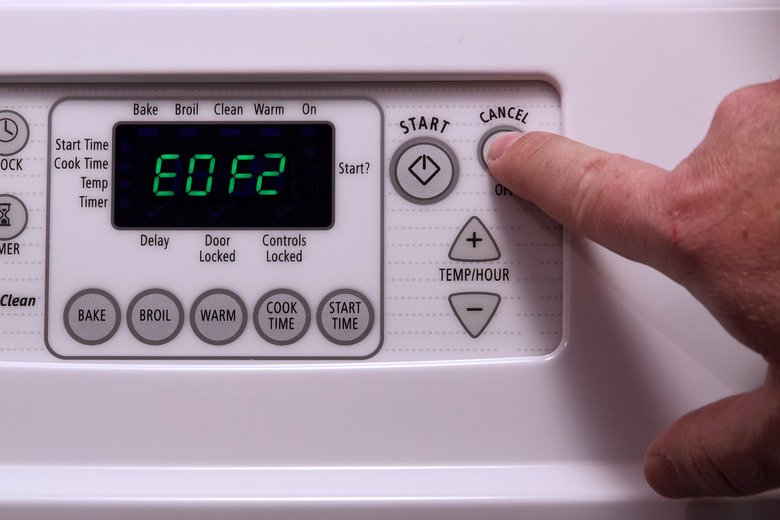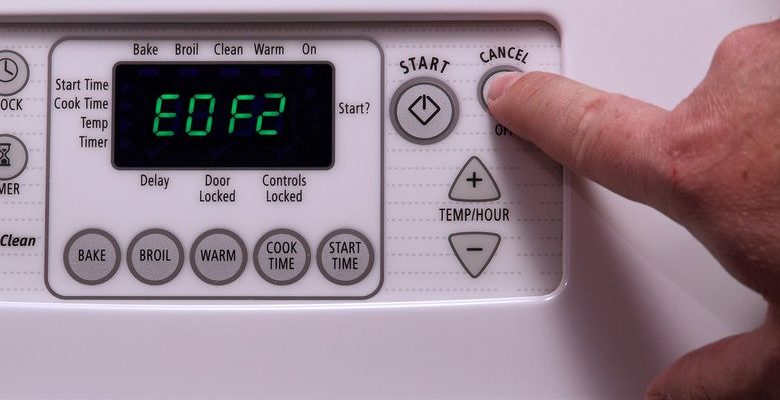
Water heaters are the unsung heroes of modern convenience, silently working in the background to ensure you have hot water for showers, washing dishes, and doing laundry. When something goes wrong, however, it can throw a wrench in your daily routine. The F2 error code can be a bit of a mystery, especially if you’re not familiar with appliance jargon or technical terms. But fear not! We’re here to unravel this mystery and guide you through understanding the common causes of this pesky error code so you can get your hot water back and running in no time.
Understanding Error Code F2: What Does It Mean?
Before diving into the causes, let’s first understand what error code F2 signifies. In simple terms, an F2 error typically points to an issue with the temperature sensors inside your water heater. Think of these sensors as the thermostat in your car. Just like how a car’s thermostat monitors the engine’s temperature to prevent overheating, the sensors in your water heater keep tabs on the water temperature to ensure it’s within the safe and desired range.
When these sensors detect an unusual temperature variation—either too hot or too cold—they send a signal to the control board, which then flashes the F2 error as a warning. This is the water heater’s way of saying, “Hey, something’s off here, and it needs fixing!” Ignoring these signals can lead to inefficient heating or, worse, potential damage to the heater.
To get a bit more technical, the F2 error is often related to an open or shorted circuit in the temperature sensor(s). This means the electrical flow that’s supposed to be smooth and continuous is interrupted, much like how a broken wire in a string of holiday lights can cause the whole string to go dark. Understanding this can help you take the right steps toward diagnosing and resolving the issue.
Common Causes of Error Code F2
So, what exactly causes these temperature sensors to malfunction? Well, several factors could be at play here. One common cause is a faulty temperature sensor. Over time, just like any other electronic component, these sensors can wear out or become damaged. This often happens due to regular wear and tear or exposure to moisture and extreme temperatures, which are pretty common inside a water heater.
Another potential culprit could be loose wiring connections. The water heater’s wiring can become loose or corroded over time, especially in areas with high humidity or temperature fluctuations. This can disrupt the electrical flow necessary for the sensors to function correctly, leading to that dreaded F2 error. Imagine trying to listen to music with a loose headphone jack—you’re bound to miss out on important notes!
Additionally, a malfunctioning control board could be to blame. The control board acts as the brain of your water heater, processing information from the sensors and controlling the heating elements. If it starts to go haywire, it might misinterpret sensor readings, causing the F2 error to pop up. Think of it as your computer’s motherboard getting confused and sending the wrong signals.
Diagnosing and Fixing the Problem
Now that we’ve identified some common causes, let’s talk solutions. If you’re comfortable working with appliances, you might start by examining the temperature sensor itself. Look for any visible damage or corrosion. If you spot any, replacing the sensor might be necessary. It’s like swapping out a dead battery for a fresh one—sometimes the simplest solution is the most effective.
Next, check the wiring connections. Make sure they’re secure and free from corrosion. A little cleaning and tightening could be all it takes to get things back on track. If you’re unsure or uncomfortable doing this, it might be best to call in a professional. After all, dealing with electrical components can be risky business.
In the case of a faulty control board, professional repair or replacement is often the best course of action. While it might sound intimidating, think of it as getting a tune-up for your car. A trained technician can assess the situation and provide the right fix, ensuring your water heater runs smoothly without any more interruptions.
Preventative Measures to Avoid Error Code F2
You’ve learned what can cause the F2 error and how to fix it, but how about preventing it in the first place? Taking a few simple maintenance steps can help you keep this pesky error at bay. Regular inspection and cleaning of your water heater can go a long way. Just like you’d clean any other appliance in your home, giving your water heater a little attention can help it function smoothly.
It’s also wise to check the temperature settings on your heater. Keeping it at a moderate level helps prevent undue stress on the sensors. You wouldn’t drive your car with the pedal to the metal all the time, right? The same logic applies here.
Lastly, consider having your water heater serviced by a professional yearly. Regular check-ups can catch potential issues before they become full-blown problems, saving you from the hassle of dealing with unexpected errors and ensuring you have reliable hot water all year round.
In conclusion, while the F2 error code might seem daunting at first, understanding its causes and solutions can help you tackle it with confidence. By staying proactive with maintenance and seeking professional help when needed, you can keep your Kenmore water heater running smoothly and ensure a steady supply of hot water for all your needs.
